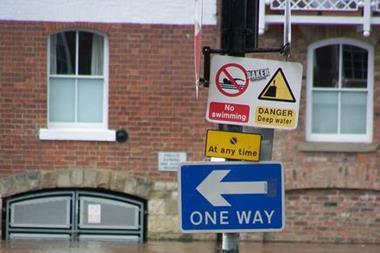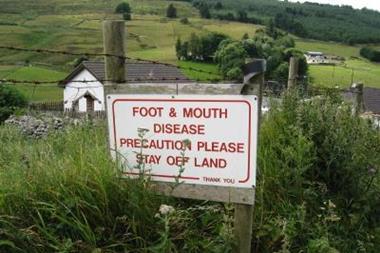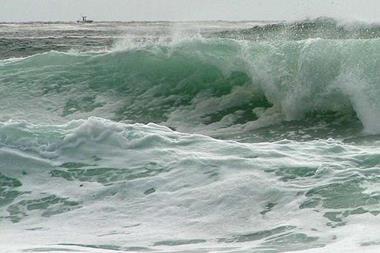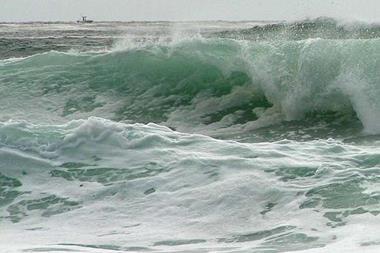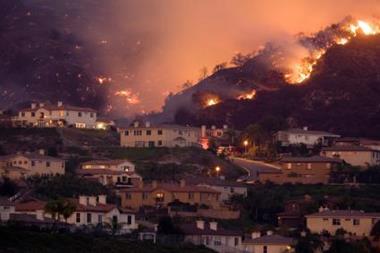More attention needs to be given to the management of flood risk, specifically the role of insurance in this process. By Professor Edmund Penning-Rowsell
Gaps in our knowledge limit our understanding of the flood risk to London and thereby constrain decisions as to the proper response for both the agencies of the state, such as the Department for Environment, Food and Rural Affairs (Defra) and Greater London Authority, and those providing insurance services.
London is exposed to three types of flood risk, and each has significant uncertainties with regard to probability, severity and extent.
The first mechanism is storm surge in the North Sea which, driven by low pressure weather systems, raises water levels. In combination with high tides and extreme wave levels, it could threaten to overtop flood defences, including the Thames Barrier at Woolwich. Such overtopping or breach events are likely to be very rare, but the area potentially affected is very large.
The second risk is from fluvial flooding from the River Thames itself, and its tributaries, as occurred in 1947 and 1894. The areas that could be affected are much smaller than those on the tidal floodplain, although it is not impossible that the two events could coincide.
The third flooding mechanism, pluvial flood resulting from intense rainfall, probably in summer, is less well known. Such flooding occurs simply because the storm sewer capacity – much of it of Victorian origin - will never be sufficient to carry away the rainfall volumes that can occur in such storms. The location of such flooding is far more difficult to predict, and there is no known way that it can easily be modelled or forecast with any accuracy.
A research agenda
Many of the scientific disciplines that lead to an understanding of the flood risk to London are relatively mature, hydraulics and hydrology, for example, and deficiencies in knowledge derive mainly from data shortages and the rarity of validation events, rather than a failure to understand basic processes. In this respect, perhaps some of the most important gaps regarding basic processes are the following:
• Knowledge as to how the current flood defence systems will actually perform – or fail — under extreme loadings. We have seen from the failure of the levees in New Orleans in Hurricane Katrina in 2005 how critical this parameter is.
• An understanding of the performance under severe flood conditions of the non-flood infrastructure that supports the operation of London as a city, the water and electricity supply, telecommunications, transport and so on. The UK summer 2007 floods showed how important this parameter is, yet they were relatively small events compared to a major London flood.
• Examination of how performance of this non-flood infrastructure will affect the speed of recovery from a major event which, in turn, will determine the nature and the degree of business and social disruption. This disruption as a phenomenon, remains under-researched.
• An understanding of the finer details of climate change, particularly future storminess and the way that this might drive both rises in sea level (wave regimes) and pluvial events. Our understanding of the meteorology of such events is developing rapidly, but their probability and possible impact are still obscure.
• The need for further cross-disciplinary research into the concatenation of the uncertainties inherent in gauging flood incidence and impacts. Predicting the future is an uncertain business, but at least we need to know what we do not know or do not understand, and the possible implications!
One final point, however, is that much of the research work that has been undertaken into floods over the last 25 years has been in support of the activities of the state and in the interests of flood defence. More attention needs to be given to the management of flood risk, specifically the role of insurance in this management process. Almost no state funded research has had this aim and – given the important underpinning role that insurance plays in flood risk management in the United Kingdom and in managing the flood threat to London – this is a mistake that needs correction.
Postscript
Edmund Penning-Rowsell is professor of geography for the Flood Hazard Research Centre at Middlesex University, London.
He presented a longer version of this paper to the symposium on London flood on 25 May 2007 organised by the Lighthill Risk Network.
Lighthill aims to bring together science and commerce into a community of expertise. More articles and presentations about London flood risks are available on the Lighthill web site.
Website: www.lighthillrisknetwork.org





